Kartikey Walia, The Young Legend, Who Is Turning Heads In Astronomy In India ’24
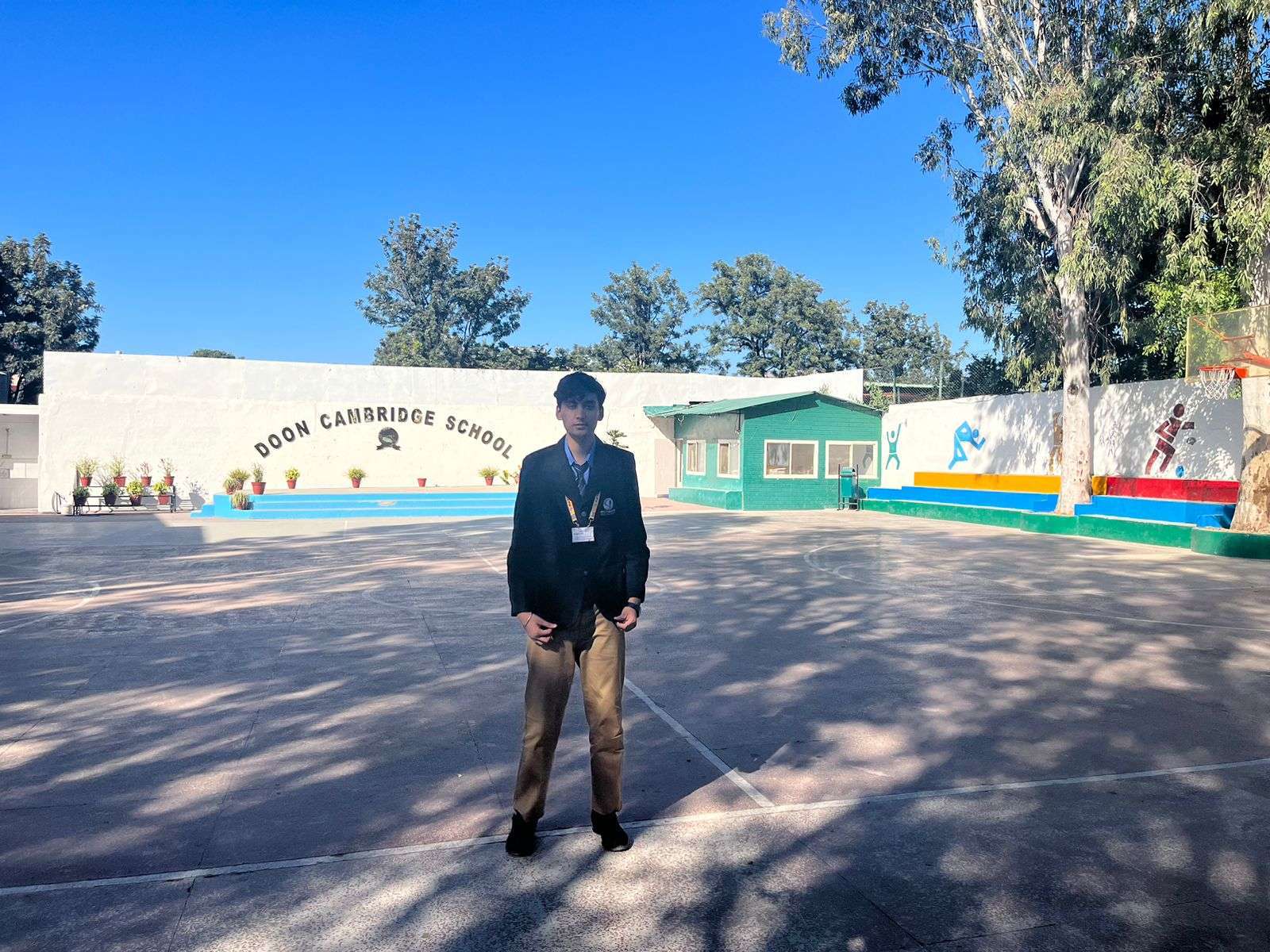
Ladies and gentlemen, welcome to an insightful interview, we have the pleasure of looking into the remarkable journey of a young innovator who is redefining the boundaries of achievement, joining us today is none other than Mr. Kartikey Walia.
At just sixteen years old, Mr. Kartikey Walia has already made waves in the world of science with his groundbreaking invention—a DIY telescope that stands as an evidence to his passion for astronomy and dedication to exploration.
In an era where distractions abound, and many peers
his age are either busy playing video games or on socail media, Mr. Walia’s story serves as an inspiration, reminding us all of the power of curiosity and the potential that lies within each of us.
His journey into the depths of space began with a simple fascination—a desire to unravel the mysteries of the universe and gaze upon the celestial wonders above.
Hence, today, we have the privilege of delving into the intricacies of his creation, aptly named Sitaron Ki Sair, as he shares with us the intricacies of its design and the vision behind its inception.
But before we embark on this enlightening conversation, let us extend a warm welcome to Mr. Kartikey Walia – in his own words, he will guide us through the genesis of his invention, offering insights into the intricate workings of the cosmos and the boundless potential that awaits those who dare to dream.
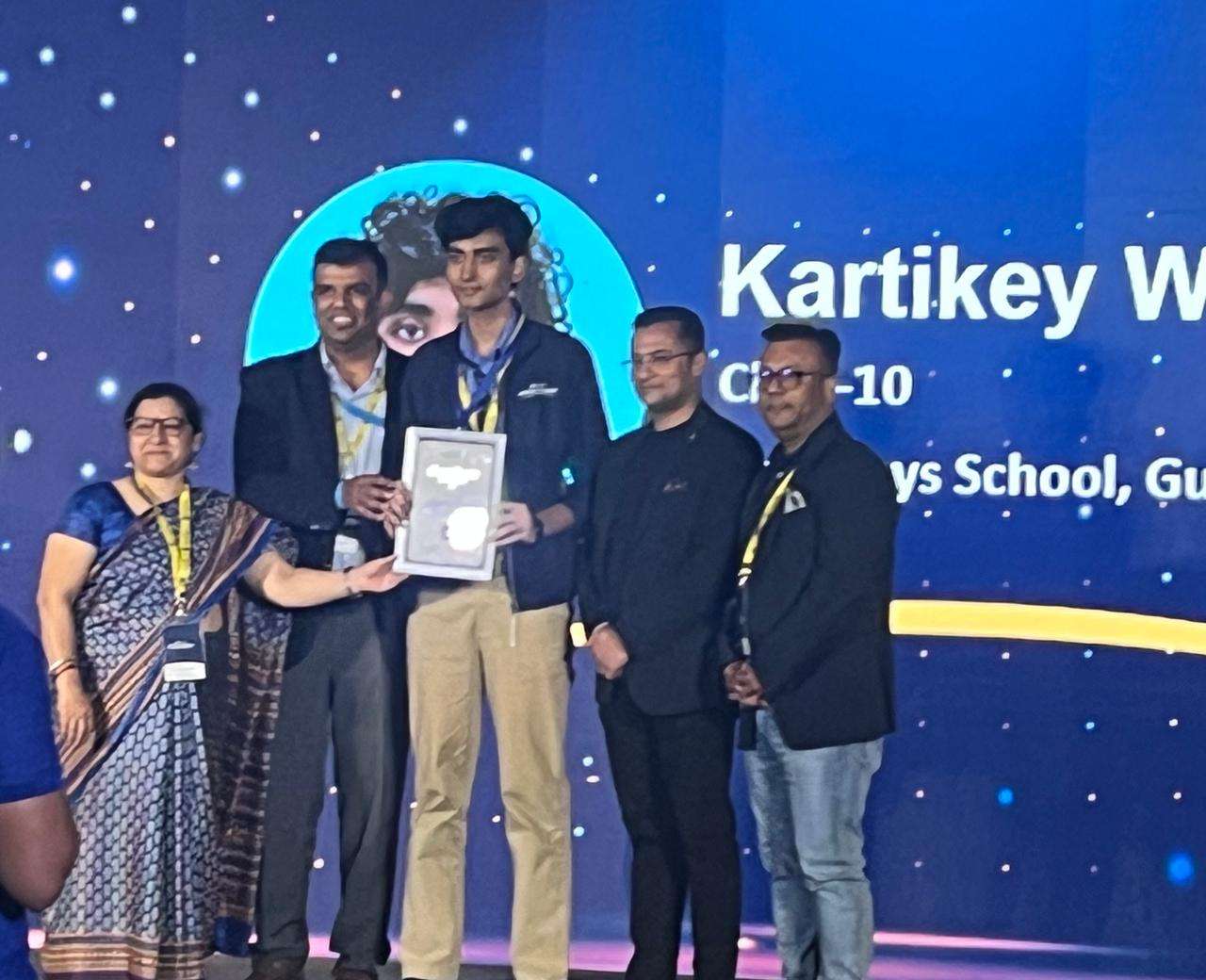
Without further ado, let us begin this captivating journey into the realm of discovery.
Hello Kartikey, how are you today
Hi, mam, I am good.
Tell us something about yourself, Mr. Kartikey Walia
My name is Kartikey Walia. I am sixteen years old and in the eleventh grade. My passion is astronomy, and I have studied it since childhood. I felt a great sense of ‘chill’ and ‘relaxation’ whenever I looked into the sky and observed the universe. I like watching movies about space, reading books about space, and reading about it in general in my free time.
1. So, what is your product? Give us a brief introduction about that.
So what I have made is a fully functional astronomical telescope. With this, I can look into the sky, at the moon and stars, perhaps, if the sky is clear and there is not much pollution.
So the magnification is 28 X; how it comes to is that the formula for magnification is – the length of the telescope divided by the focal length of the IPs.
So the IPs is the length that collects light from distant objects and brings it to our eyes. Our eyes obviously have a certain limit in which we can see; a telescope doesn’t have a limit.
So, I can increase or decrease the magnification by increasing or decreasing the size of the tube. With this, I can again clearly see the moon and other celestial objects in the sky.
The telescope is cost-effective because I use materials that are around me and that I can find in my household.
I use a PVC pipe, as the main tube of the telescope, and for decoration i used paint and tape to put it together.
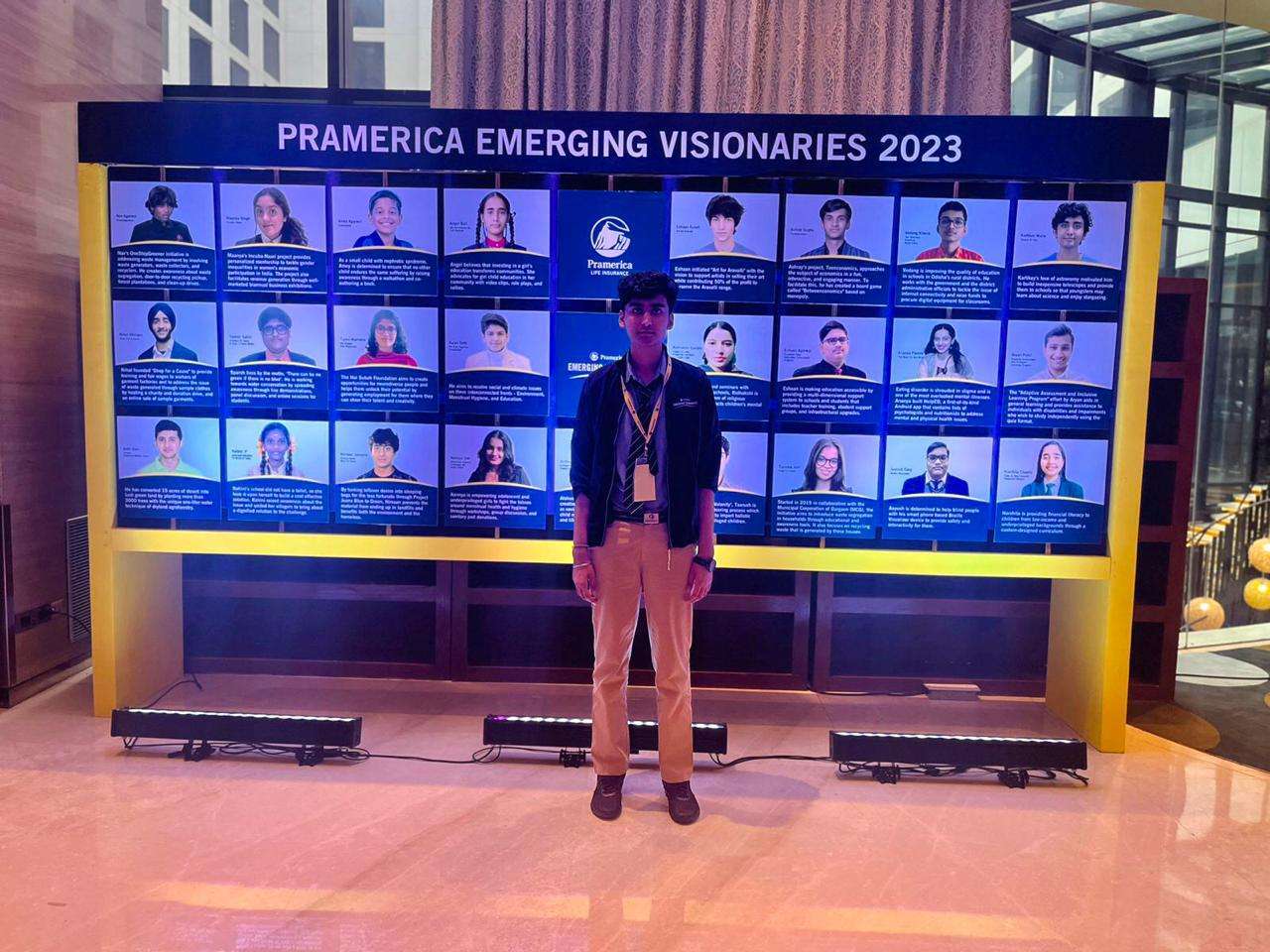
2. How did this idea come to you, and what problems did you face to put it together?
So, in the past, I felt that the education system is restricted, and there was a fixed syllabus that promoted more memorization rather than actually skill development or actually catering to the student’s curiosity.
So obviously, this situation has been there for a lot of time, and it has been emphasized, and action against it has only been implemented in urban areas where there are enough funds and enough finances to change the teaching modules and the curriculum.
But in rural areas where there are not enough funds or enough finances to actually get in new teachers or make changes in the syllabus, so children there are obviously they are still unable to actually learn new things or develop skills, and they are stuck to the syllabus that is provided by the school.
My solution aims to expand the student’s school syllabus and introduce a new science schedule of astronomy, catch their interest in that, and give them a method of fun activities and interactive sessions for new learning.
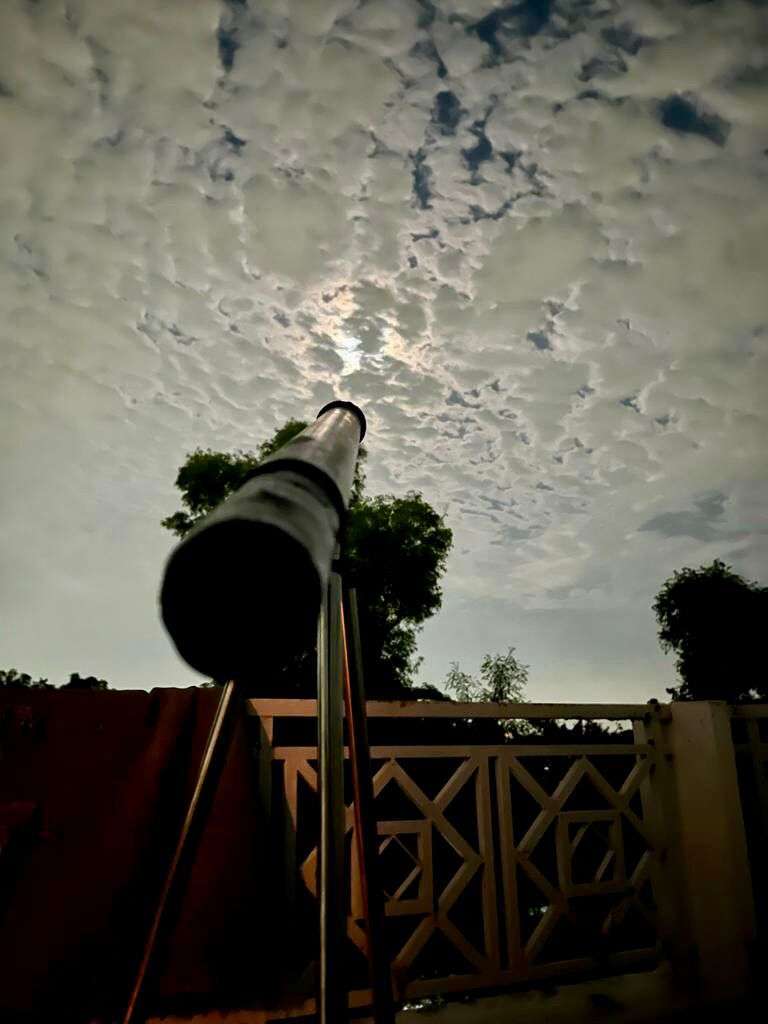
3. What are your mission and vision about this project?
As I said before, at the moment, my project is being implemented at small scales in underprivileged schools around my area, schools in Uttrakhand, or around North India.
In the future what i an to to do is spread this all over India, I wan to implement this solution all across smaller city and across entire India. But obviously i lack the resources to do this by myself, so i am planning on tying up with already existing organizations, for example – space eductaion and technology.
So what this organization does is that it will translate my complex scientific information into local languages so it is easier for people in different villages to understand what I am trying to communicate to them.
The second organization that I would tie up with is Spark Astronomy, which is online based and has teaching modules and sessions online; so, using that module, I can have an outreach across India, and people will be able to watch my recorded videos across the entire country.
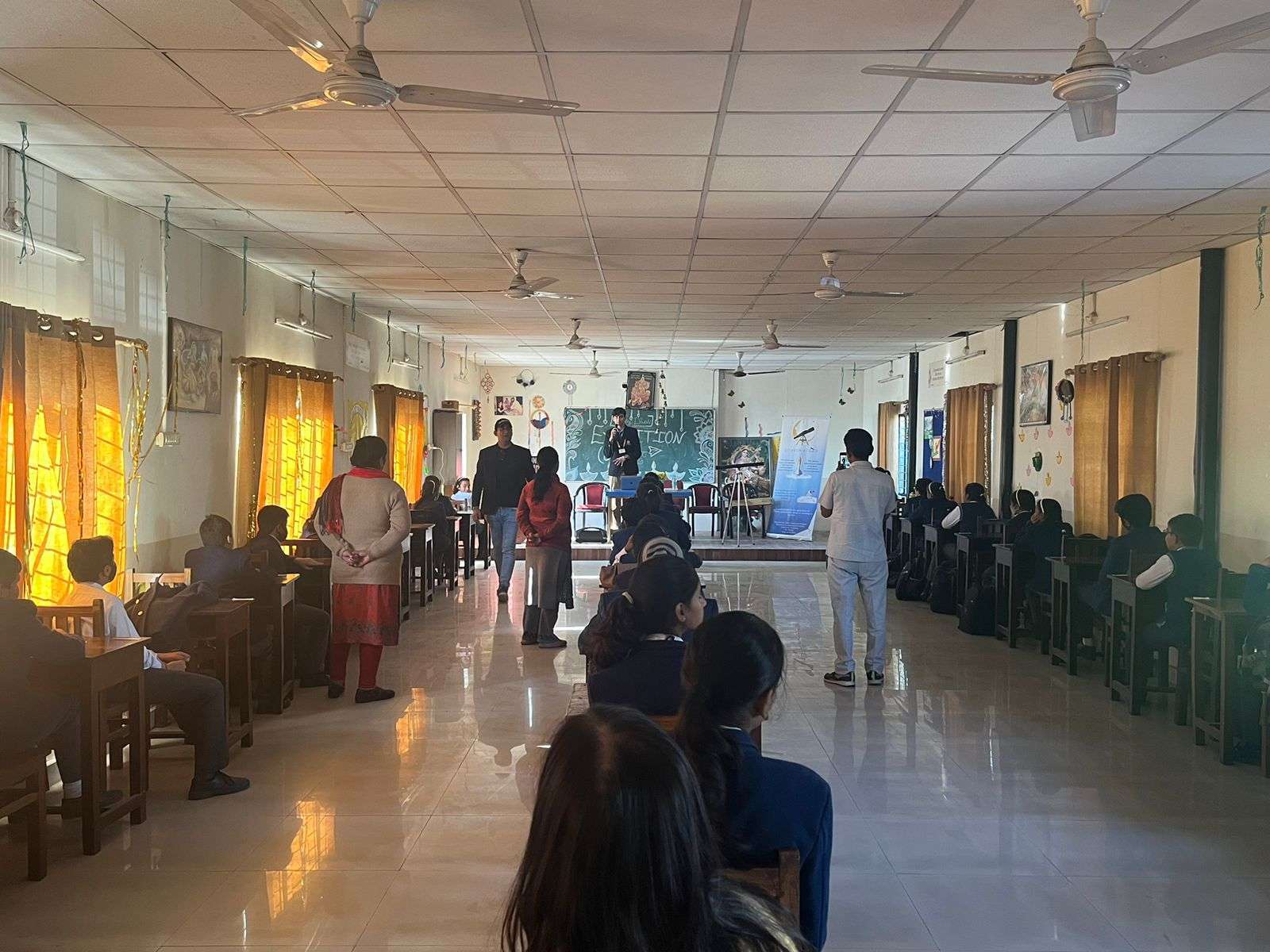
4. Are you currently doing something for this project?
Currently, what I am doing is- I go to the schools, first of all, to catch their attention. I start by giving them fun facts about space, what space actually is, what are their thoughts on stars and moons and what their observation has been.
I do not want to force my observation on them; I want to keep it fun and interactive, so I make sure that they have some sort of an interest in it, that they are asking questions, and ensure me that they are actually having some fun.
So each school i go to recieves a DIY telescope so this elimanates the need for cost. My telescope is cost effective, so i teach them how thay can make a telescope on their own, because thay dont need to many resoucres and i just include normal facts abut astronomy, about my telescope in my presentations and i keep them fun and interactive.
5. What are your future plans, and where do you see yourself in the next few years?
Like i said i have been inerested in space since my childhood, so in my university i would love to go deeper int that subject , whether it is just researching about space, or whether it is auronuatical engeneering, bulding rockets or building space shuttles or it is just some type of research work.
Basically something in the field of aerospace/ astronomy is what i am aiming for. I think i had a huge advantage for this as i have alraedy done this Sitaron Ki Sair programme and teaching other students has developed my interest and has motivated me to learn more and more about it.
And so I can teach more and more to students; I already have a lot of knowledge about this field because I have done this initiative, and I would love to go deeper into this subject in the future.
6. How is your project different from already existing projects?
There are projects that already exist; the former chairperson of CBSE said that the CBSE curriculum is obsolete, and they are looking into it, and in the next six – to – eight years, they will be bringing major changes into the syllabus.
But this change will only be possible in six to eight years, so the implementation will take lot of time – How my project is different is that I am planning to make a change today and through my small-scale implementations in different schools across Delhi and in Uttrakhand, I am making a change today and not after a lot of time.
So that is one way how my project is different.
Secondly, the telescope that exists on the market is very costly. If you need a good telescope to see the moon, you will have to spend more than 5- 10 thousand times, whereas anyone can make my telescope; only a few materials are used, and the process is not very lengthy.
So it is cost-effective and easy to make and is fully functional as well.



